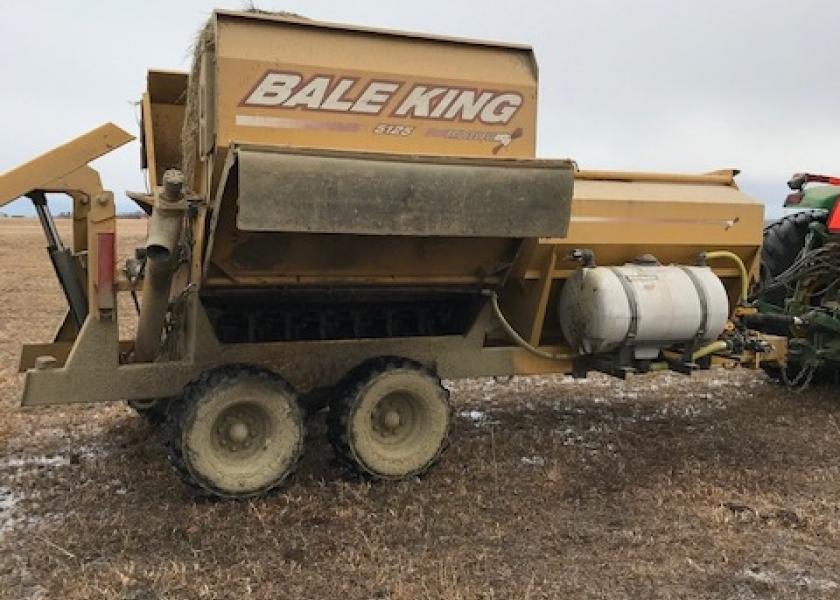Innovation Allows Supplementing Cows with Rumensin

Cow-calf producers know that a dam’s body condition during late gestation and through early lactation has long-term and economically significant impacts on cow and calf performance.
Research has shown that cows with body condition scores (BCS) of 5 or 6 at calving will re-breed more efficiently than those with lower or exceptionally higher BCS. Heifers that calve during the first 21 days of the calving season—and stay on that schedule—remain in the herd longer and produce more weaned-calf weight than heifers that calve later. Cow supplementation during late gestation tends to improve fertility in heifer calves and the health and performance of steer calves.
Elanco veterinarian W. Mark Hilton cited research from Texas that showed that lifetime return on investment (ROI) for heifers that calve in the first 21 days of the season averaged 10.7%, compared with -0.4%, -2.8% and -3.1% for those calving in the second, third or fourth 21-day interval, respectively.1 Therefore, heifers cycling and conceiving early is paramount to financial success. Because Rumensin® (monensin, USP) is labeled for increased weight gain when fed during development results in fewer days to first estrus, it can help achieve that financial success.
But for many producers, particularly with spring-calving herds in temperate climates, winter feeding and supplementation represent considerable expense.
Since its introduction in 1976, Rumensin has measurably improved feed efficiency and weight gains in cattle fed in confinement, particularly in backgrounding lots and feedyards. It has similar biological effects on pasture cows or replacement heifers, but the setting is not conducive to efficient delivery of a consistent dose of the ionophore.
Recently though, Hilton and others at Elanco have worked with some northern ranchers to find ways to capitalize on Rumensin supplementation during late winter and early spring. After seeing positive results on a Canadian operation where the rancher saw improvements in feed efficiency after spraying hay with a molasses mix containing Rumensin, Hilton began working with a North Dakota rancher to evaluate a similar system.
The North Dakota rancher modified a bale processor by adding a liquid tank and spray system to apply a solution containing molasses, vitamins, minerals, urea and Rumensin to the hay as it rolls off the machine. The rancher was feeding 195 cows, weighing an average of 1,350 pounds. The team experimented with sprayer calibrations, tested the treated forage and monitored cow intake to target a daily Rumensin dose of 125 mg. per day at an acceptable range of 50 mg to 200 mg per day. The rancher kept a large tank of the liquid supplement in a shed, where it was agitated for 10 minutes before each daily feeding.
In this test, analysis showed that 94% of the forage samples fell within the target range for Rumensin dosage.
Hilton says supplementing Rumensin to heifers or cows for 112 days costs about $3 per head, with an average return around $22. In the North Dakota test, the Rumensin supplement generated an average ROI of $27 per head, or 880% of the cost. Hilton notes that feeding Rumensin to gestating cows may also help reduce coccidiosis incidence in but that benefit was not included in the economic analysis. ROI for the Rumensin treatment, he adds, will run highest during times of high hay and supplement prices. For ranchers who use hay processors for winter and spring feeding, this system could boost gains and feed efficiency, with long-term benefits in fertility and productivity.
1Sprott, L. Reproductive performance in replacement heifers has long-term consequences on the cow herd. Publication ASWeb-100







